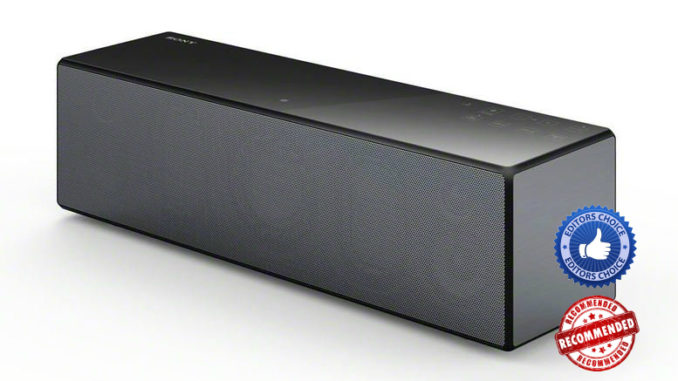
Sony has introduced a new line of bluetooth speakers in the SRS series, packed with functionality and features. The model we review here is the SRS-X88, the second in the hierarchy in terms of dimensions and sound quality.
Sony SRS-X88
-
Sound Quality - 89%89%
-
Features - 90%90%
-
Ease of Use - 85%85%
-
Build Quality - 86%86%
SUMMARY
Sony’s SRS-X88 gets both a Recommended and Editors Choice badge because we couldn´t really find any flaws worth mentioning.
Excellent sound quality.
Quality design and premium features.
Supports high-res files.
Nothing worth mentioning.
The designers at Sony apparently have a thing for square and blocky shapes, and although the SRS speakers may not win any design awards, Sony compensate this with plenty of features and superior sound.
The top models in the SRS-series are the X77, X88 and X99. We find the X88 the most interesting because it offers the most at a still affordable price ($399.99). The flagship, X99, has two additional tweeters and a more powerful amplifier, which surely contribute to a better performance, but also a significantly higher price ($699.99).
Construction and Specifications
The SRS-X88 has the shape of of a brick, measuring 14.3 x 4.4 x 4.1 inches and weighing 5 lb. 15 oz. Placed on a desk, table or on a wall shelf it actually looks quite elegant. When you open the box you´ll find, apart from the speaker, a remote control with two batteries, a power adapter, instruction manual, a quick guide on how to connect to Wi-Fi and a speaker grille detach tool. This tool allows you to remove the grille so you can expose the speaker drivers.
The grille is attached by ten magnets, and behind it are five transducers; two 20 millimeter Super Tweeters, driven by a 2 x 15 watt amplifier, are placed on the far left and right side, and below the tweeters are 40 millimeter full-range drivers, also with 2 x 15 watts of amplification, while the middle is occupied by a 69 millimeter subwoofer driven by a 30 watt amplifier. The subwoofer is flanked by a couple of passive oval radiators with a flat membrane. This layout allows the listener to enjoy a stereo sound while the bass section makes maximum use of the limited dimensions of the cabinet.
On the top right side of the back you find a wi-fi antenna, which can be pulled out and rotated to an upright position for better reception. Further down you find USB ports of the A and B types, analog 3.5 mm input jack for the power cable, and a button to manually connect to a Wi-Fi router.
The sides are made of plastic, but it looks like brushed aluminum, while the bottom is fitted with feet, which help decouple the speaker from the surface it is standing on. The top plate is black and is very reflective, and although it looks very nice, it is very prone to fingerprints.
On the upper right part of the top is where you find eight touch-sensitive control buttons, with which you can select input and control the volume. When the buttons for volume control are pushed, LEDs light up as an indicator.
The remote control is small in size and has input buttons, volume control and playback control, but we believe that most users will control the speaker with a smart phone and the SongPal app, making the need for a remote control minimal.
Features and Functionality
As far as features and functionality goes, the SRS-X88 has plenty of it. If you like things simple, you can connect your smart phone using Bluetooth and enjoy your music straight away. X88 also supports NFC, so if your Bluetooth device has NFC you only need to hold it close to the NFC logo on the top of the speaker.
It is possible to connect a USB stick to the back of the device, and the port support many of the most popular formats, including MP3, AAC and WMA up to 320kbps, and WAV, AIFF, FLAC and ALAC up to 192/24. DSD files up to 2.8 megahertz (DSD64) are also supported.
Another thing that can come in handy is the ability to connect a computer to the USB type B port, and let the Sony take over the role as a D/A converter. So, if your computer is hooked up to a DLNA server, then all shared music files will be available to play via the X88.
We used the X88 in several different ways, mostly using a USB memory with our favorite music, and by using the SongPal application to play music that was stored on our phones. SongPal is a really well designed app we highly recommend for use with compatible Sony products.
After installation, all you need to do is connect the phone via Bluetooth with the X88, and your phone will share information about the Wi-Fi network, enter a password and the SRS-X88 will be connected to the Wi-Fi. Quick and easy.
SongPal has standard options when it comes to music playback, such as displaying thumbnails of album art and equalizer settings, but also some less standard options. In fact, every Sony product available will be displayed in the application and the user can create a group of devices on which to play the same music. This is quite a nifty way to configure a multiroom setup in a very practical way, without too much hassle. SongPal can play streamed music from services like Spotify, Pandora and Deezer. Also, if you´re familiar with Google Cast, then you will be pleased to know that it is integrated into the X88.
Music
It is refreshing to come across a really great speaker that can provide a good stereo sound in times when the market is flooded by poor quality bluetooth speaker that actually play mono. But let´s not get too excited, the SRS-X88 is not good enough to compete with a proper and true hi-fi system (and should obviously not be expected to at this price), but properly placed on a table or shelf the sound quality and stereo width is quite satisfactory.
The sound is very well balanced, and distortion in the bass is kept to a minimum even at very loud volume levels. The feet that lifts the speaker from the surface it is placed on certainly helps a lot with the purity and dynamics in the bass region. Sony provide a very homogeneous sound across all frequencies and put a lot of Bluetooth speakers in this price range to shame.
While other manufacturers use digital signal processing to acheive a certain sound image, Sony has decided to go for a more conventional approach, and you can tell from the first note. There´s no artificial feeling where the instruments has been crammed or pushed together - everything is in the right place.
Streamed music sounds really good and Sony has developed two very interesting technologies for this purpose. The first is called LDAC and in fact is a codec for Bluetooth which has three times the data transmission compared to the classic SBC codec. The other is called DSEE HX, which works by 'up-scaling' compressed music files to a quality close to Hi-Res.
Conclusion
It's not often you find a bluetooth speaker that supports DSD64 and DSD128, as well as files at a resolution of 192/24, and Sony's SRS-X88 is a true audiophile Bluetooth speaker that does just about anything. We actually liked it so much we wanted to keep it.
One thing against it is the price. There are a lot of cheaper Bluetooth speakers out there that does a good job, but if you want top quality you will have to pay for it. All in all, the SRS-X88 gets both a Recommended and Editors Choice badge because we couldn´t really find any flaws worth mentioning.
GET IT ON eBay!
- FEATURES
- SPecIFICATIONS
- IN ThE bOX
Handy remote control
Massive sound, minimal size.
Get ready for BIG sound
Discover High-Resolution audio
Stream your music wirelessly
Dual Band Wi-Fi®
High-fidelity in any room
Sony-unique technologies for enhanced audio
USB for connecting and charging
Listen to your favorites, anytime
Plays well with others…
Power is nothing without control


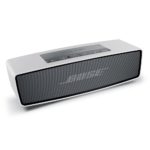
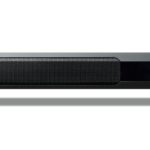
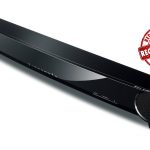
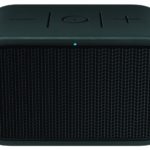
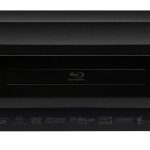
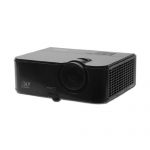
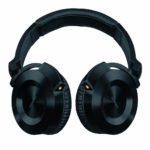
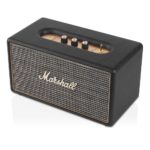
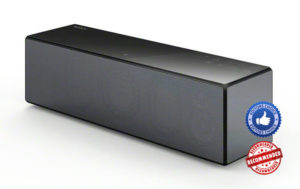


What source files did you use? I used a 24bit FLAC directly feeding into the X88 via line out from my Fiio X5 and I was absolutely blown away by how it sounded. I’m extremely tempted to get it when it becomes an end of the line model.
We tried MP3, AAC and WMA up to 320kbps, and WAV, AIFF, FLAC and ALAC up to 192/24, and DSD64 files, with different types of music. The X88 was good enough to distinguish the different bitrates, and if you´re looking for a Bluetooth/Wi-Fi speaker under $500 it´s definitely worth checking out!